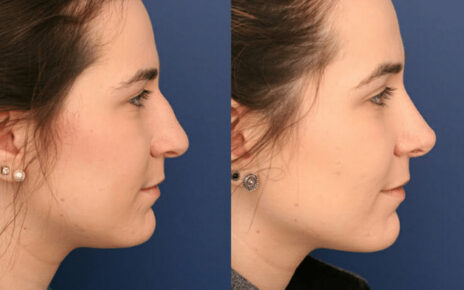Peptides have been known to promote healing and enhance regeneration of injured connective tissue, muscle, bone, and joints. By promoting the health of the musculoskeletal system, they also protect these tissues from frequent injuries.
When you have better flexibility and strength in the ligaments and tendons, you can better focus on physical activities without worrying about injuries especially if you are aging.
TB 500 and BPC 157 both provide these benefits but their functioning does have some dissimilarities. By studying TB 500 vs BPC 157, we can evaluate which one is the right peptide for us.
TB 500 – Mechanism of action
Thymosin beta 4 is a peptide that is normally produced by the thymus gland. It helps in healing damaged tissues by:
- Actin up-regulation.
- Enhancement of formation of blood vessels.
- Reducing chronic levels of inflammation.
- By acting as chondrocyte assistant to increase inner cartilage mass and thus act as a seal that protects the bones in a joint.
- By promoting the movement of specific stems cells to promote repair at injury sites.
To simulate the mechanism of this peptide, TB 500 is synthetically produced to mimic thymosin beta 4 structures and is administered for faster healing.
It also cures anemia and promotes regeneration.
BPC 157 – Mechanism of action
Body protection compound which is found in our gastrointestinal tract is essential to provide us healing from digestive tract ulcers. It also facilitates good digestion by promoting blood circulation in the tract. Apart from aiding the GI tract, this compound also has beneficial effects on the:
- Accelerated quadriceps muscle healing.
- Faster healing of Achilles tendonitis.
- Repair of damaged or crushed muscle tissue.
- Ligament injury treatment.
- Promoting bone regeneration.
- Healing liver damage caused by chronic alcohol abuse.
- Providing a soothing effect on the areas of the digestive tract affected by ulcers.
The synthetic form of this compound is BPC 157 and is completely different in structure from its natural counterpart.
Similarities and dissimilarities between the two
While both the compounds are different in many ways, they do have some similarities such as:
- Both fasten the recovery process and provide healing effects.
- Both promote angiogenesis.
- Both provide faster regeneration of injured connective tissue, bones, muscles, and joints.
- Both improve cellular migration.
Based on the site of injury it is determined which product will produce better healing effects for you.
The differences between the working of both these peptides are:
- While TB 500 has more systemic effects and can promote healing in any body part, BPC 157 is a more locally healing compound at the site of administration.
- For improving the strength of growth of tissues, TB 500 works better.
- BPC 157 is more successful in the healing of wounds.
- BPC 157 is also more effective in healing injuries of the tendons and also has better neurological effects than TB 500.
Animal studies conducted for studying the effects of both these compounds have shown synergistic effects when they are simultaneously administered. Currently, both are used in veterinary medicine. Human research is currently quite limited.
For prophylactic use, 200 mcg daily doses are recommended for TB 500 to support the already existing levels of thymosin beta 4 to act as a protective agent when the risk of injury is high. To promote healing and use TB 500 therapeutically, a higher dose of 500 mcg daily is required.
To prevent joint deterioration, steroid cycles are often combined with TB 500 for providing necessary protection at prophylactic doses.
BPC 157 peptide comes in powdered form and is mixed with bacteriostatic water before administration. After allowing the peptide to dissolve on its own, 200 mcg of the peptide can be injected for therapeutic use.





